Wrocław University of Technology students travelled to the USA to take part in the finals of the International Mars Student Design Contest and an international conference of the space industry, as well as to visit research institutes in the country. They count on fruitful cooperation and, in the meantime, present a photoreport from their trip.
The records of the visit, including numerous photographs, was sent to us by Leszek Orzechowski.
Departure from Warsaw:

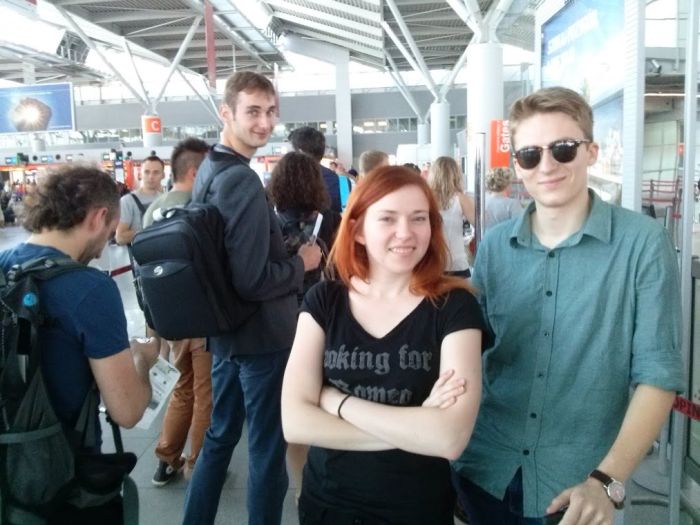
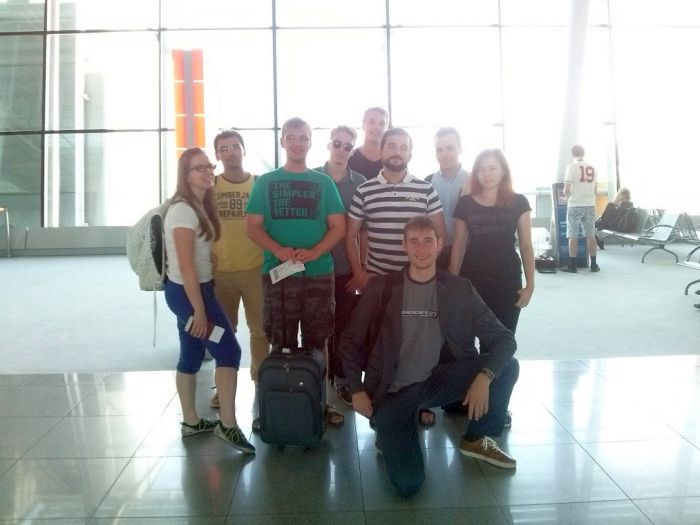
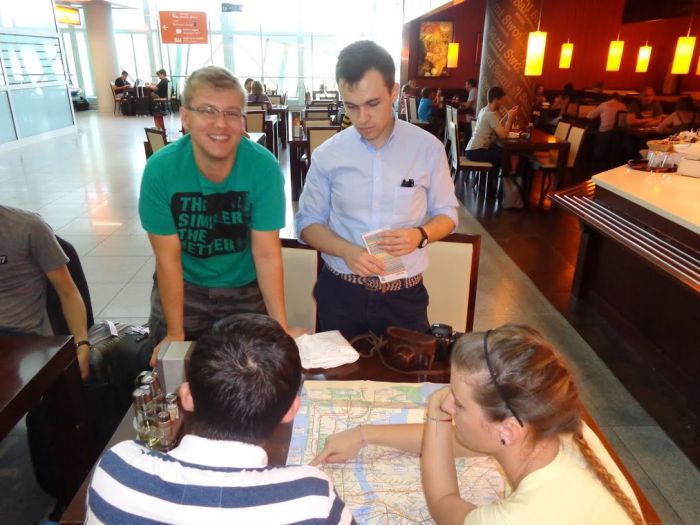
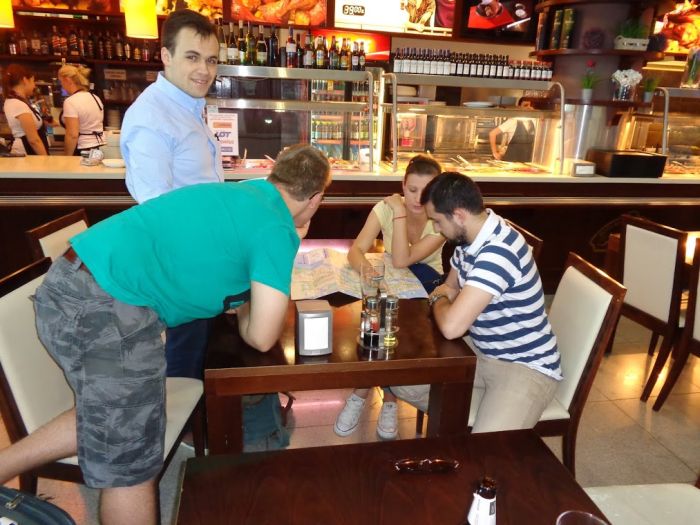
Evening in New York – one of the few when we had time to see some architecture and feel almost like tourists:
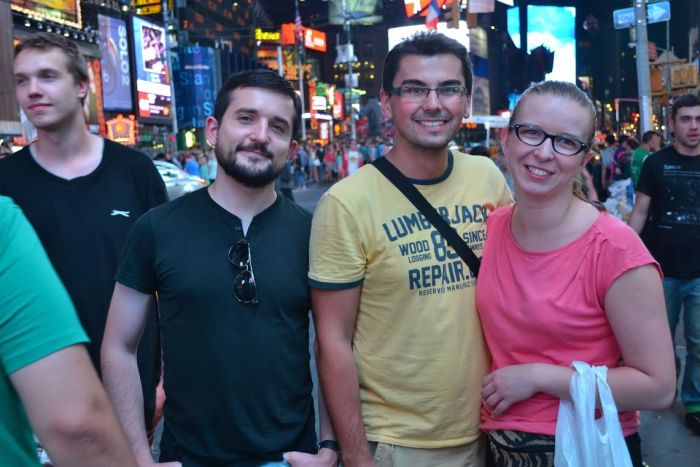
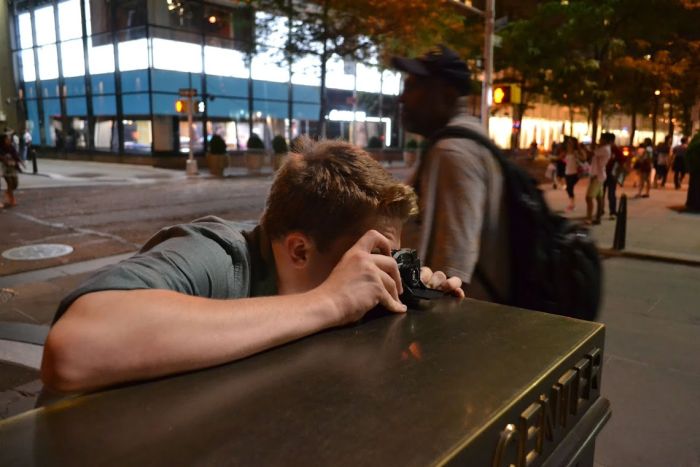


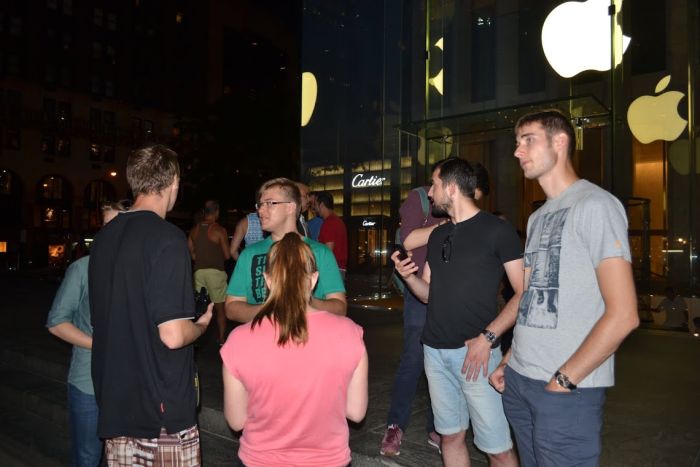

Houston: before the conference, we managed to visit the Lyndon B. Johnson Space Center. Dorota holds the “Buzz” by the hand:
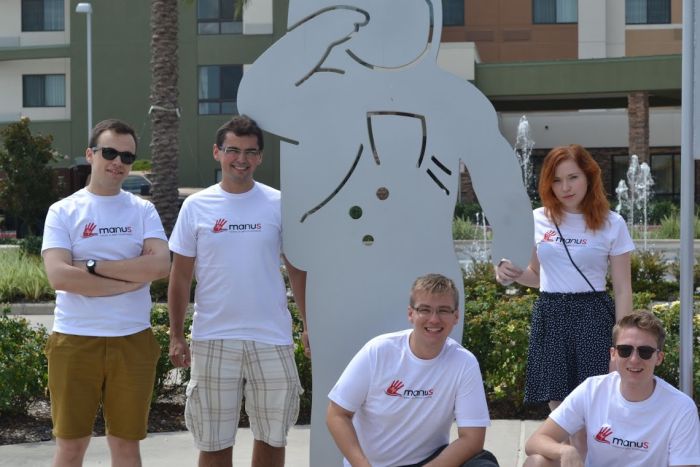
The team in front of the welcome board:
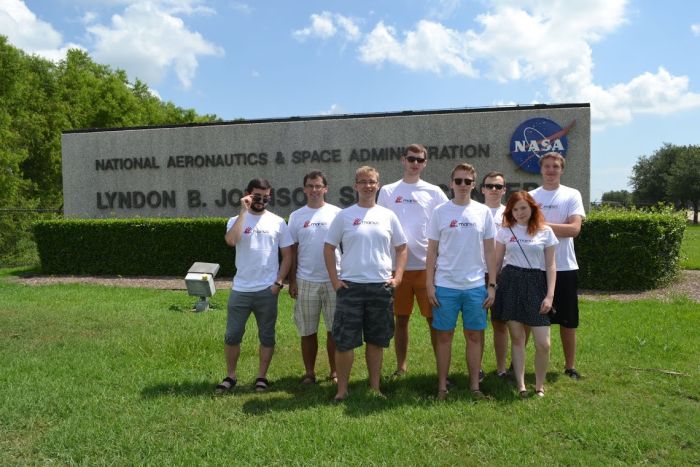
Photographs from the mockup facility, where astronauts exercise and learn to use the International Space Station modules in 1:1 scale ratio. Space Shuttle:
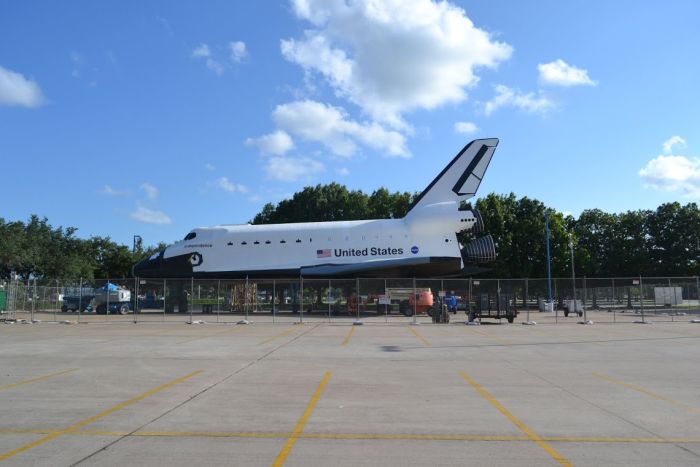
Robonaut and manned vehicle of the future:
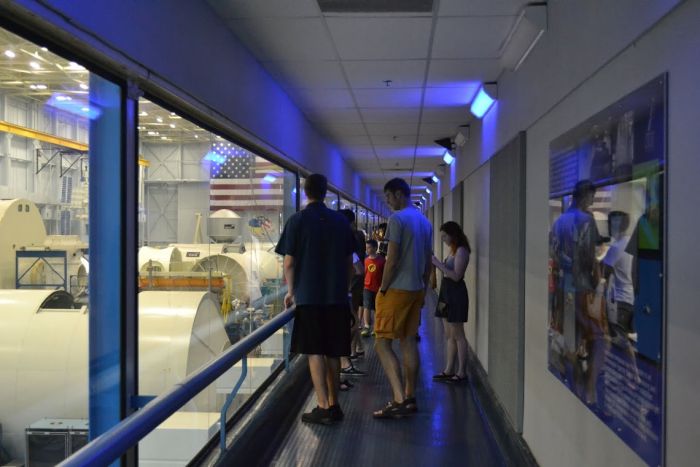
Robonaut:

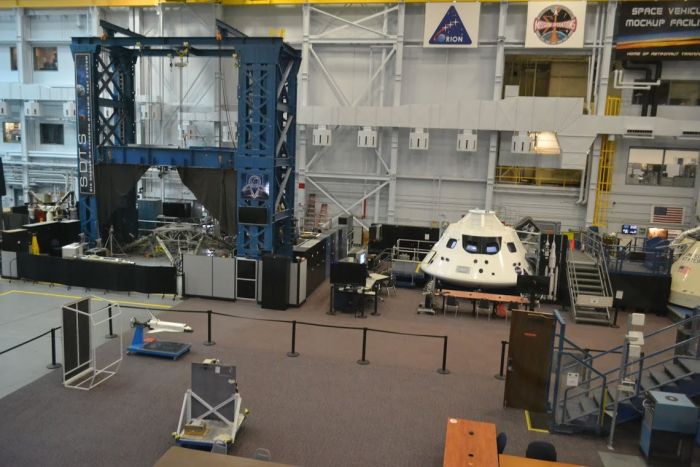
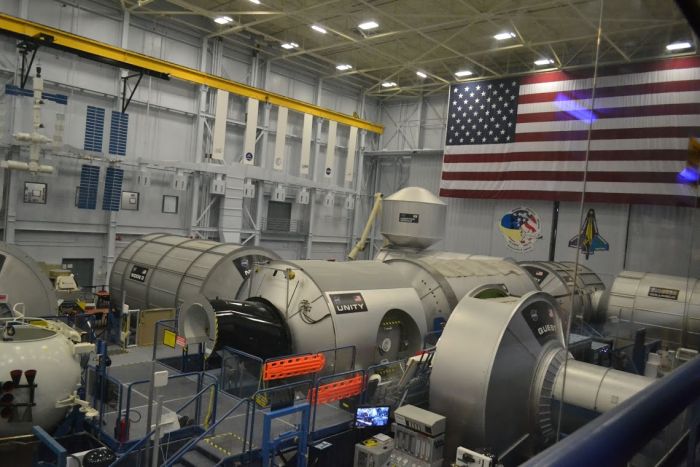
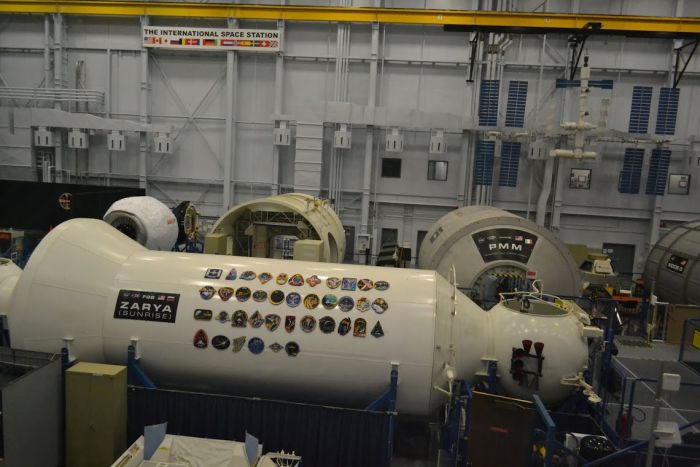
Saturn 5 – the largest rocket ever built by the human, used in the Apollo programme:
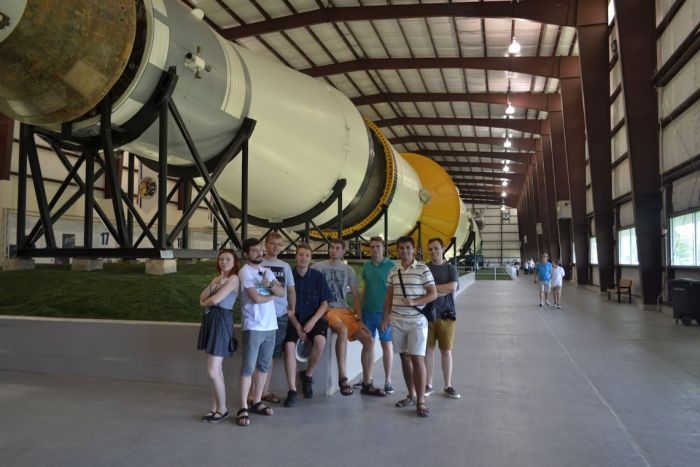
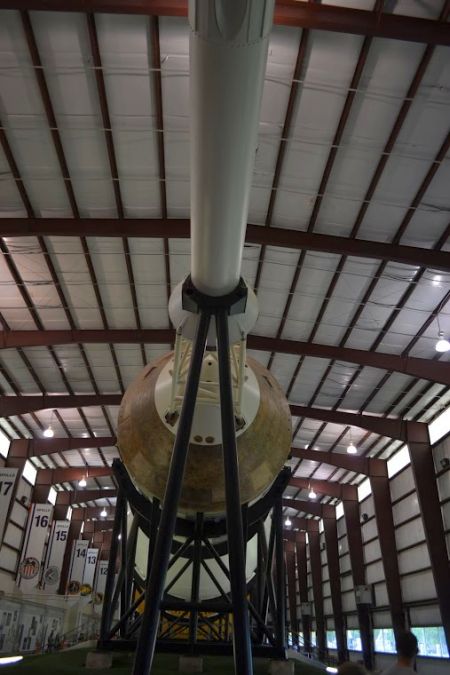
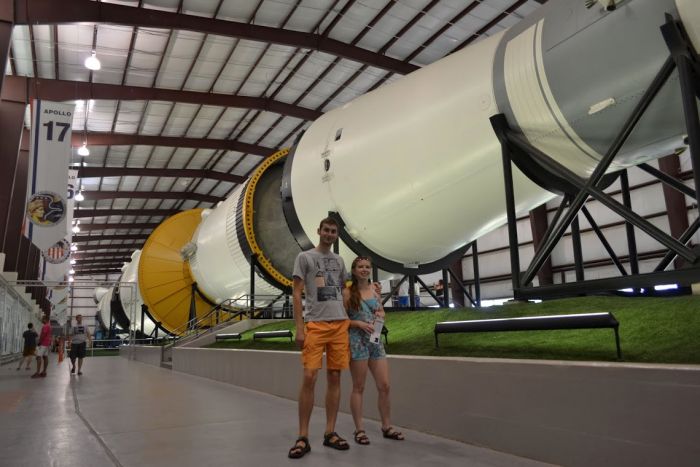
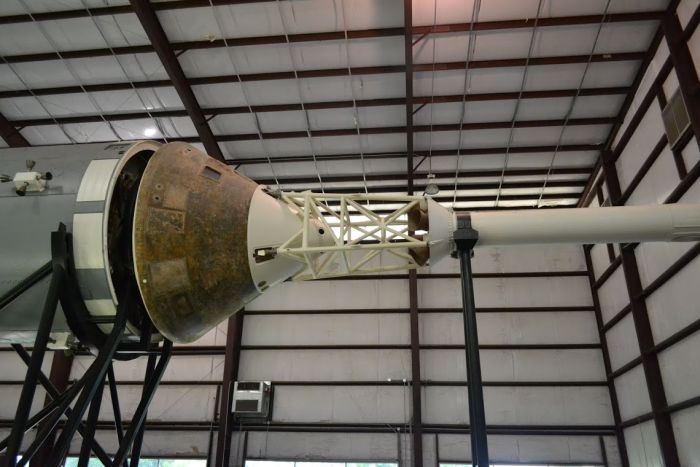

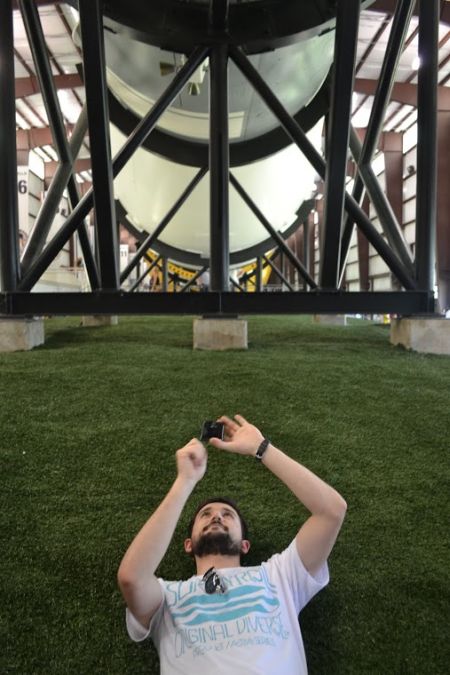
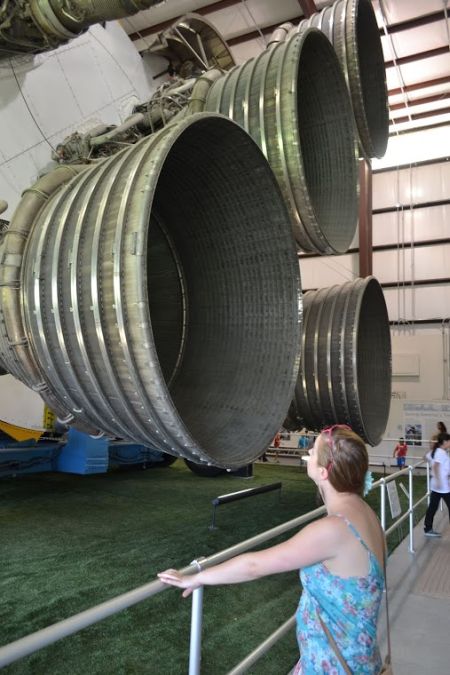
Redston rocket with the Mercury capsule at the top – in this way, Americans performed their first suborbital human spaceflights:
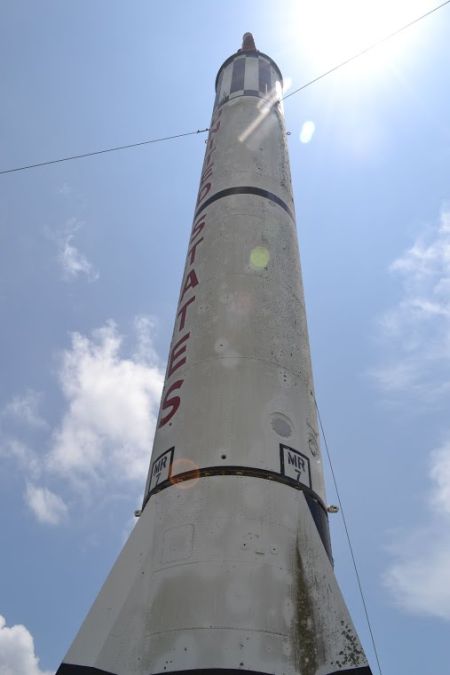
Redstone on the right:

Szymon Gryś, for scale ratio comparison:
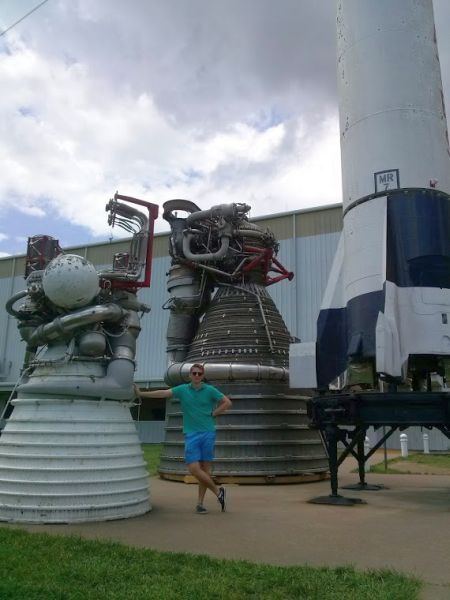
And this is the International Mars Student Design Contest itself. The Mars Society conference was an interesting experience. It was a pleasure for us to talk with Robert Zubrin, DSc, and we took a few photos with the most amicable and, as it turned out, the victorious team.
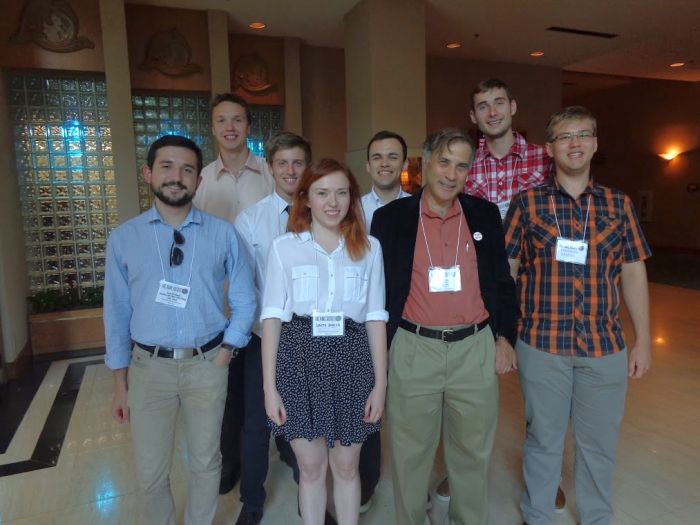
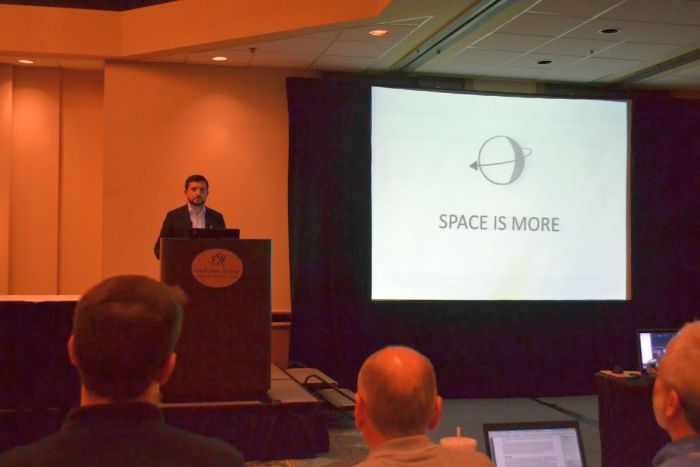
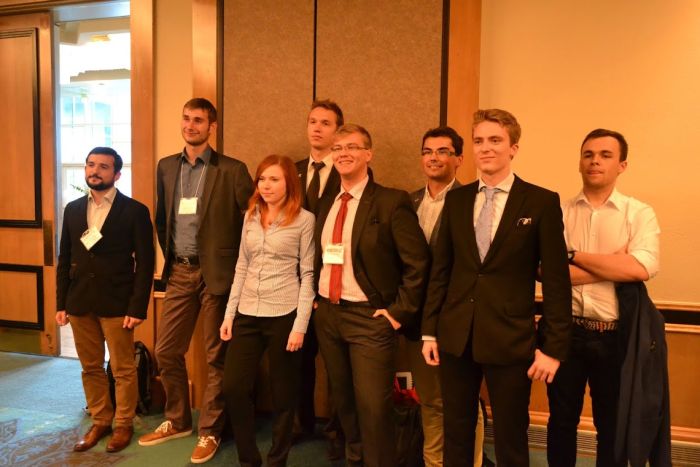
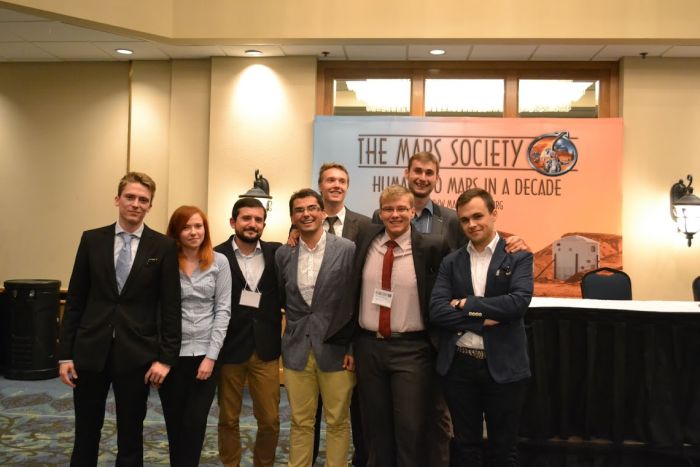
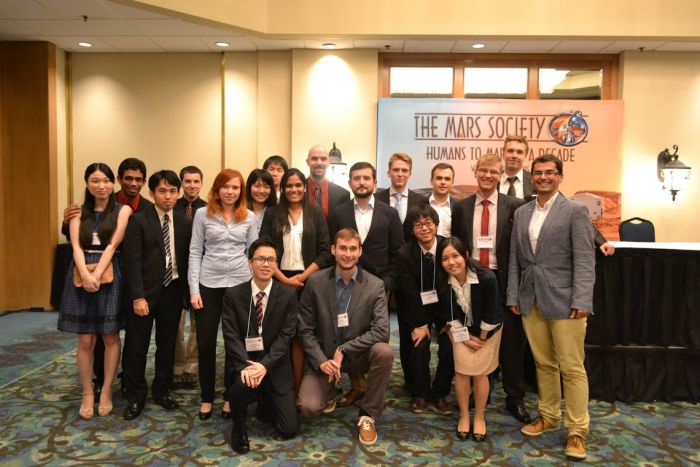
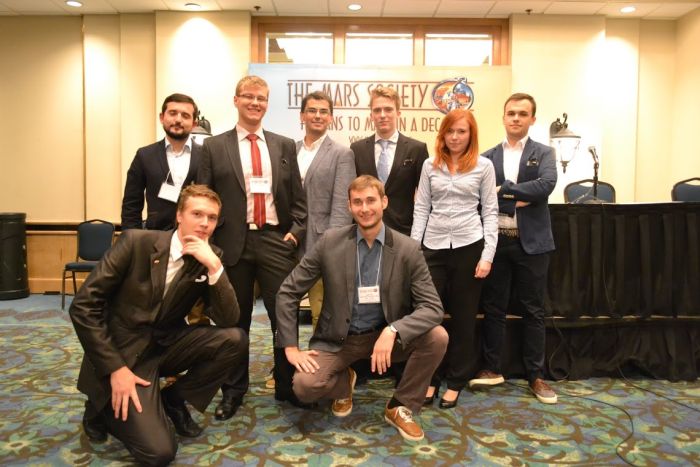
In the competition we took a place outside the podium, but we received the greatest support from the spectators and recognition from the jury, including Robert Zubrin, DSc, and Prof. Scott Hubbard. Eventually, we were informed that we took 6th place.
But there was no time to worry or to rest on our laurels, as next we had a trip to California in plans and many important and interesting meetings there.
Before the start, we could even visit the pilot’s compartment:
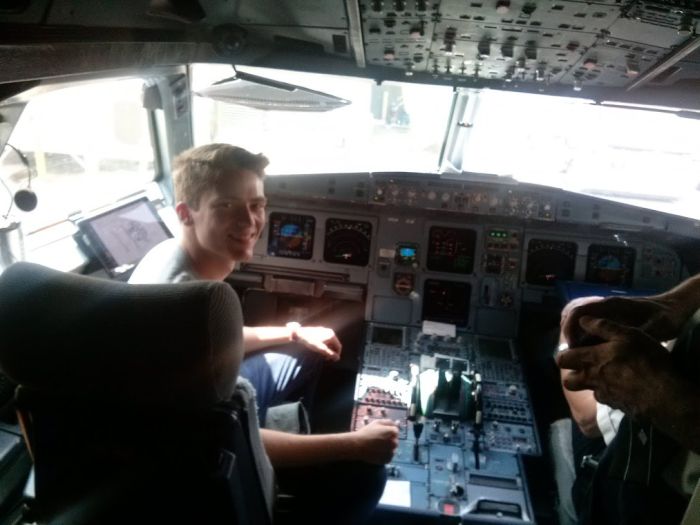
The first meeting was the visit at Berkeley University, where we could observe projects that their Space Sciences Laboratory is working on:


Dan Werthimer showed us the backdrops of the Stardust mission, during which the space probe collected samples of stardust from the surroundings of Jupiter and the tail of a comet. Dan Werthimer also works for the SETI Programme, the branch of which we also visited during our trip:
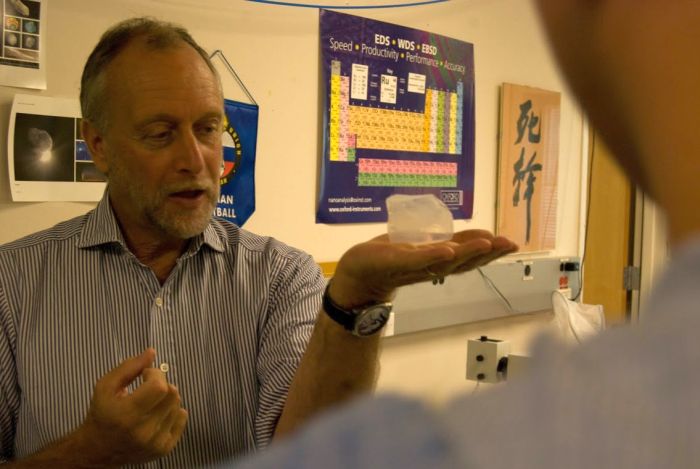
The dust settled on an aerogel, which is extremely light:

Here, we are the closest to Jupiter as we will be able to get in our lives. Behind the glass there are the samples collected by the space probe.
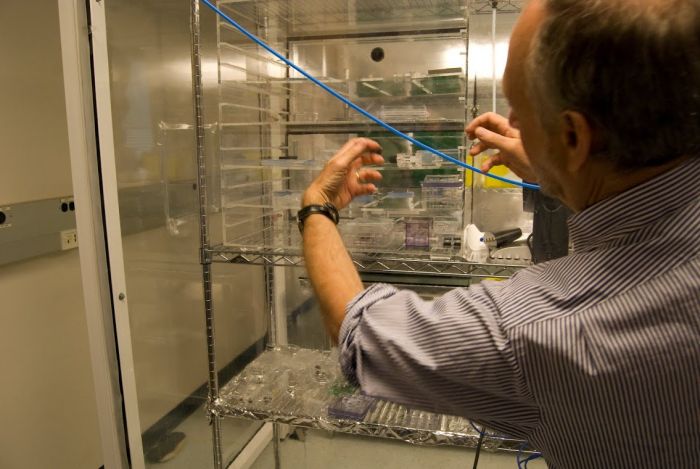
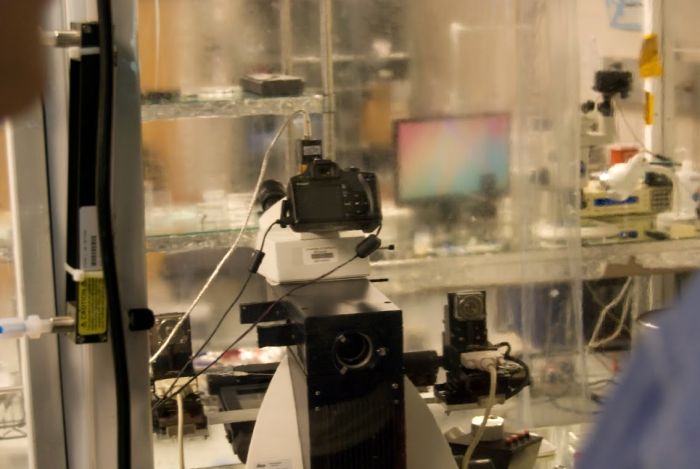
Finally, the time came to present our project to specialists from the Space Sciences Laboratory in Berkeley. Konrad Cyprych was the one presenting the project:
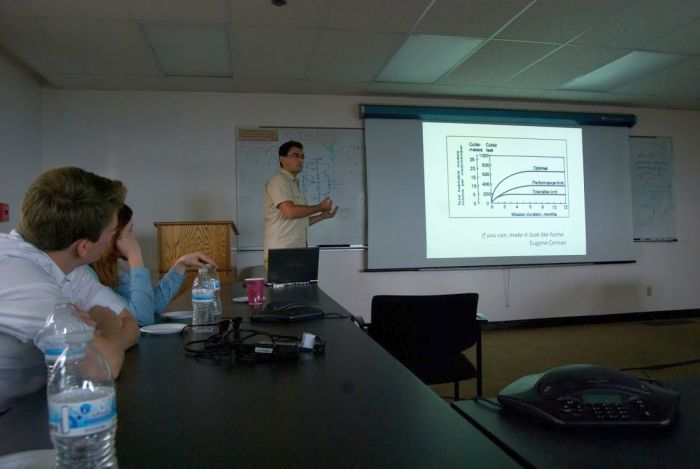
Prof. Stuart Bale, Director of the Laboratory was under impression of our work and after a few interesting notes and short discussion, he suggested that if any of us tried to come to their laboratories as part of exchange programmes, cooperation is possible, as our efforts are worth appreciation. There’s no need to talk about details. We showed ourselves in the best of lights.
Then we met Ula Furman, Faculty Recruitment Administrator at Berkeley University. Ula wanted very much to meet our team, talk, and show us around the university.
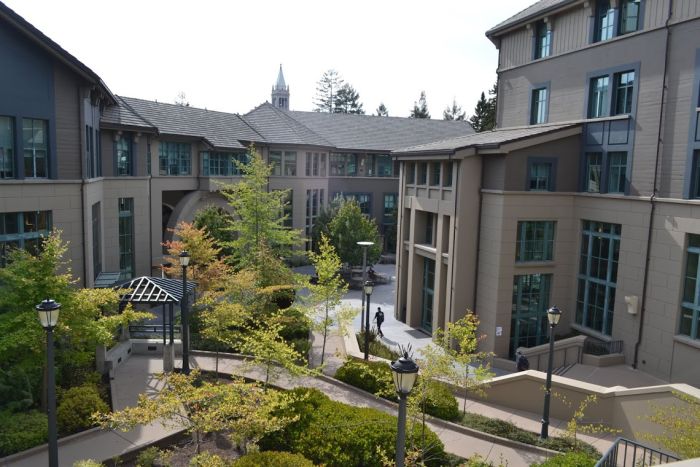
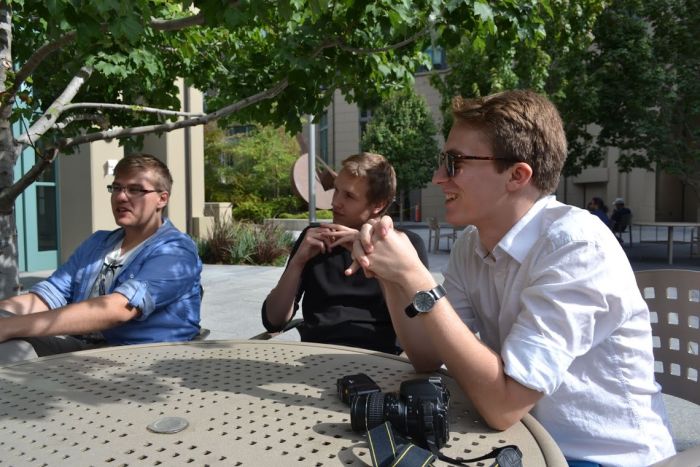

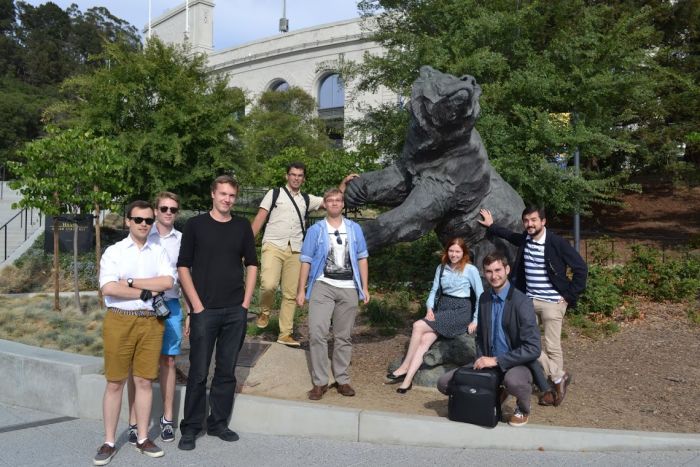
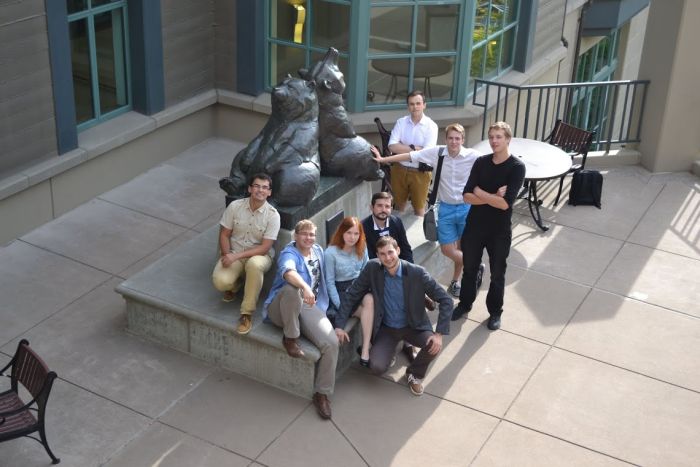
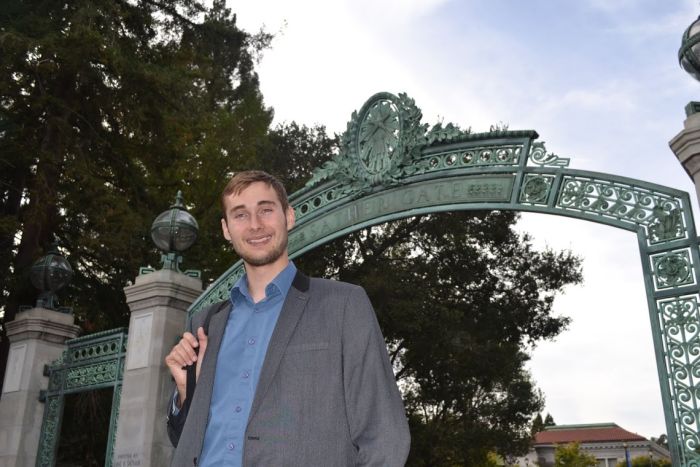
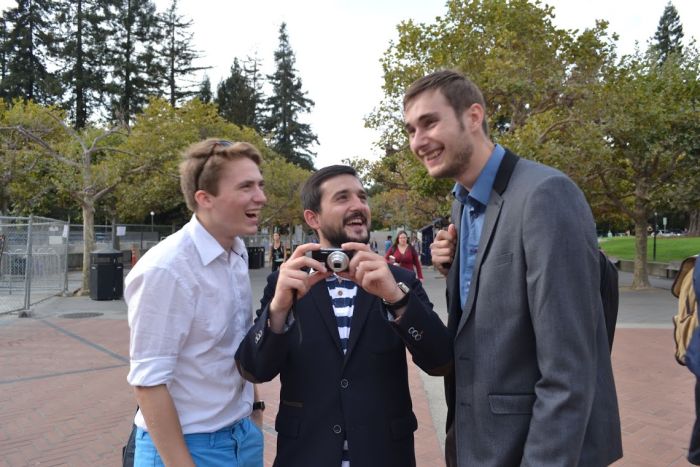

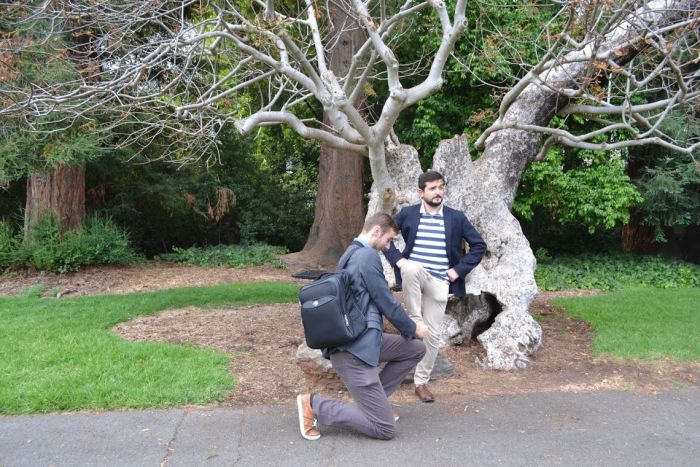
Lawrence Livermore National Laboratory, or the NIF (National Ignition Facility) to be more precise, was the next place we visited. It was very difficult to get access to the laboratory – we started our efforts over 2 months earlier. This is because of the strict protection of the centre which, along the Los Alamos National Laboratory, is the most important research institution working on the US Army’s nuclear weapons.
The NIF itself is the world’s largest and most powerful laser and the first working fusion reactor in the world. Thanks to the work of the laboratory’s engineers and physicists, in 20 years we will be able to provide power to our cities generated in a similar way as on the Sun.
From the visit itself we only have one photo, as we could not take our cameras with. It’s a pity because we met great people and specialists and could see impressing technology./p>
We were received and showed round by Mike Dunne, DSc, a British astrophysicists, Director of Laser Fusion Energy at NIF. We managed to take a photo with him.
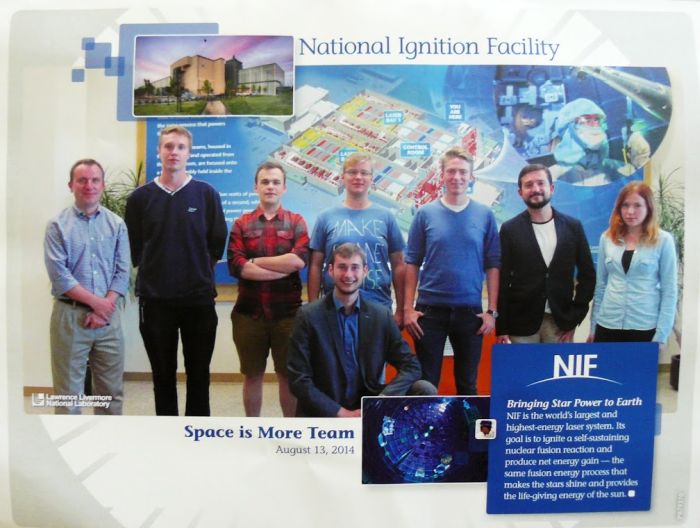
We also presented our project to him and thanks to it we learned a lot about protection against radiation. This knowledge can be useful in the future.
The next meeting took place at Stanford University where we met Polish students and students of the Stanford Student Space Initiative.
Szymon Gryś was the one presenting:
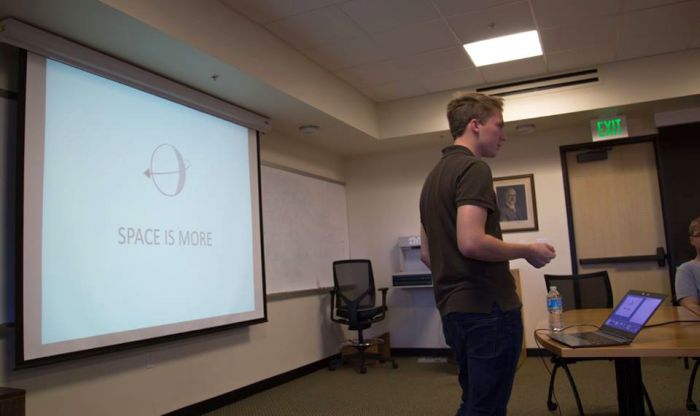
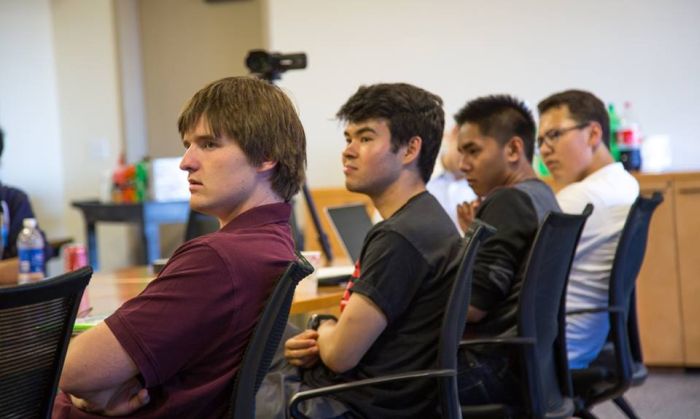
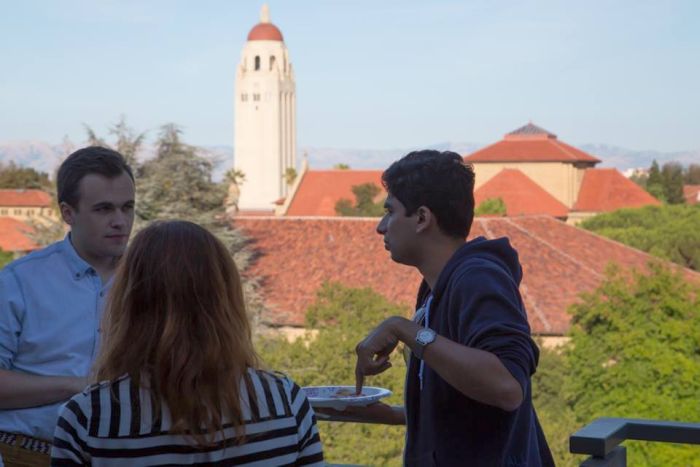

The same day we had the pleasure to meet Prof. Scott Hubbard once again and discuss our competition project, as well as present our plans of future projects... which we will not announce publicly yet.
The last point of the agenda was the visit at NASA Ames Research Center.
First, we met the team that designs new generation moon rovers:
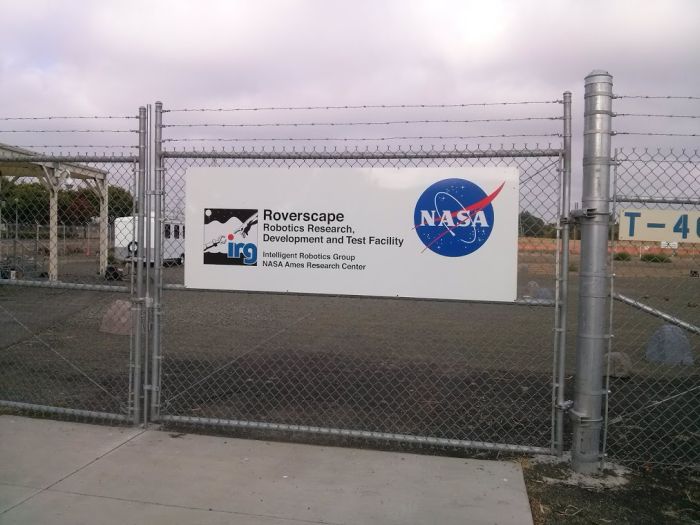
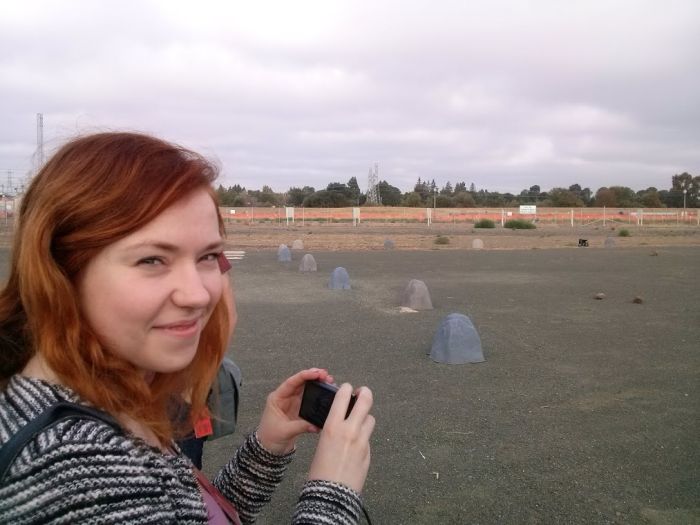

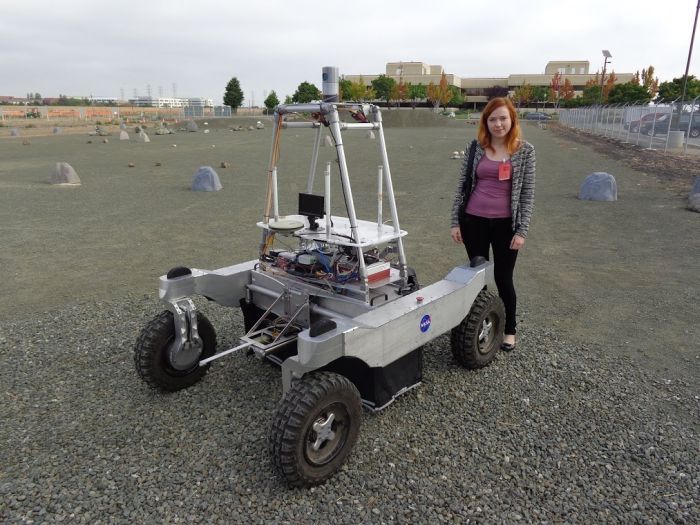
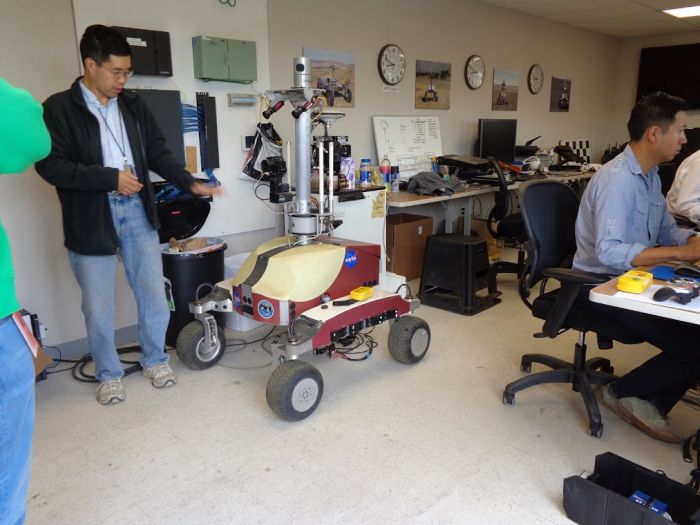
Then, we watched the world’s largest aerodynamic tunnel (air intake in the background):

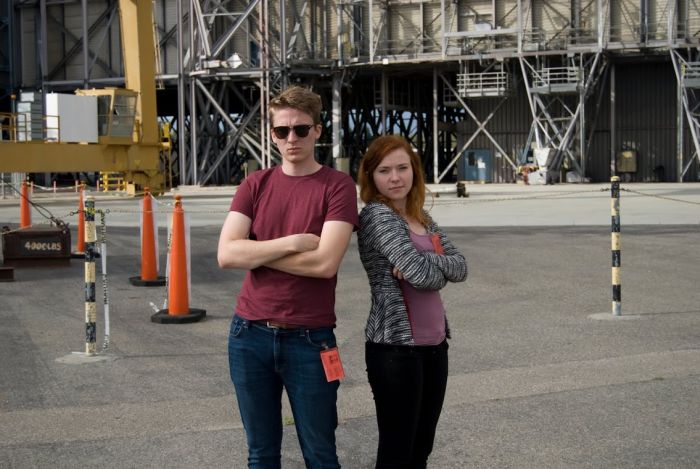
Here, we can see the largest hall in Ames that was recently bought by Google – interesting, what they need it for?
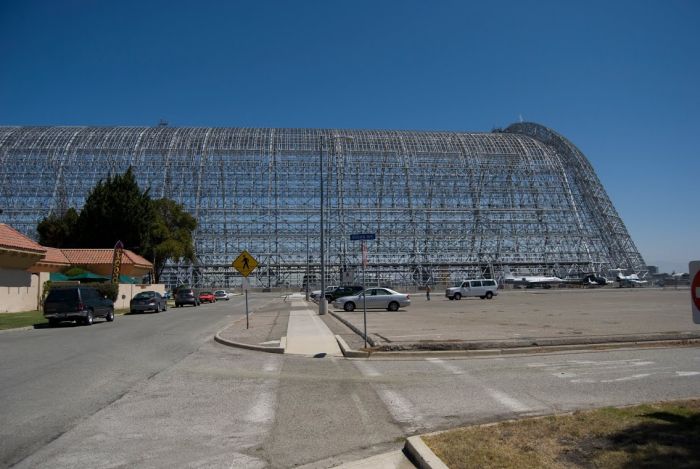
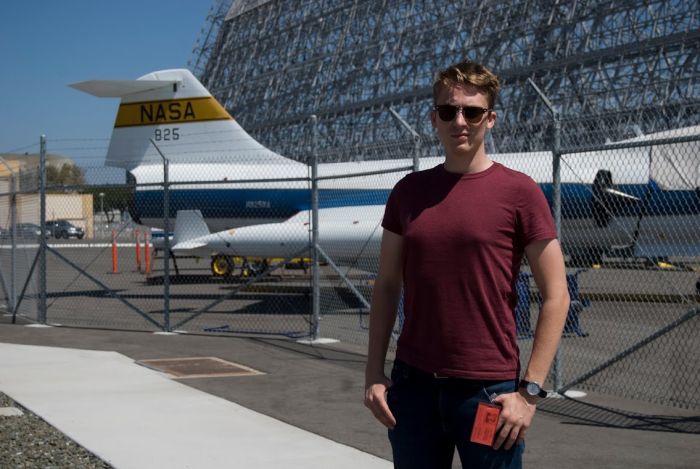
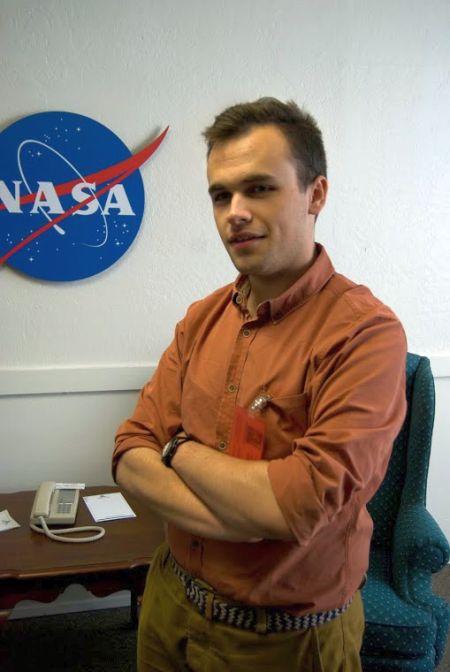

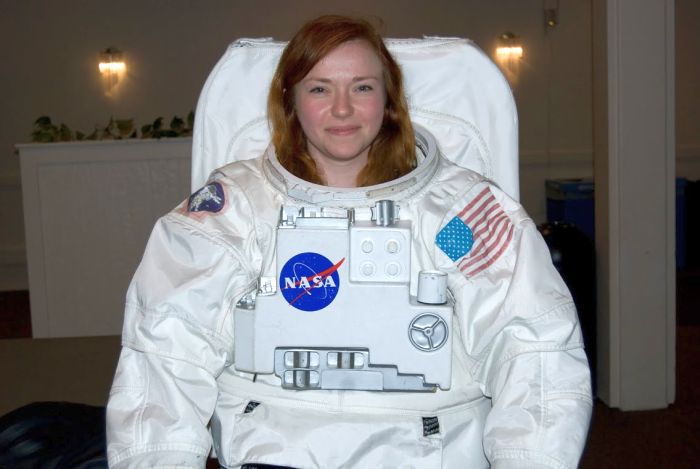
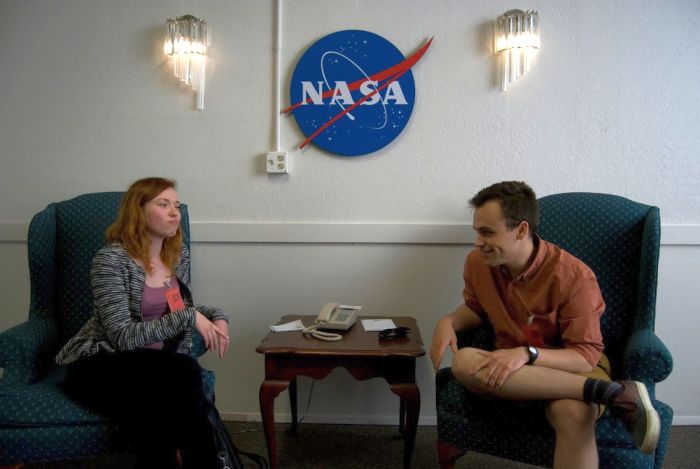
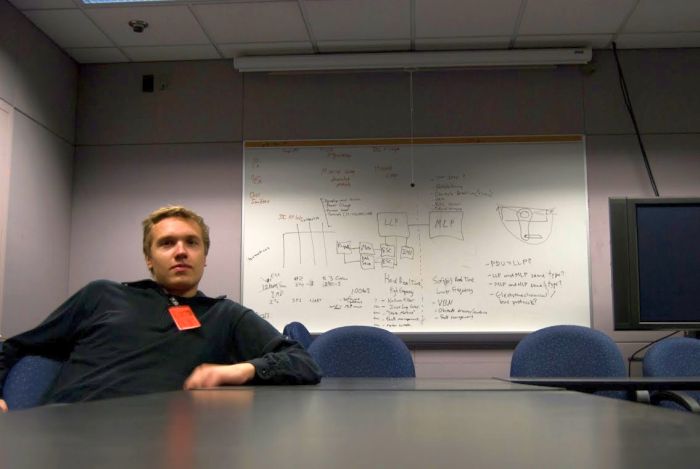
The most important part of the meeting was the invitation to Director Gary Martin’s room who badly wanted to see our project and talk with us. It turned out that he had a very definite offer for us. But it was made behind closed door, so we have to keep it secret. When the time comes, we will certainly inform about it.
To sum up, the trip was very successful, both in terms of the experiences and the offers we were made but we cannot disclose yet.
We would like to thank all donors and sponsors for their support that allowed us to make first steps in our careers.
Leszek Orzechowski on behalf of the whole Space is More team
Translation: Dariusz Więcławski